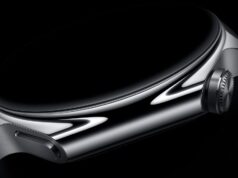Have you noticed that every car advert on the tv is now introducing their new eco-friendly model? If you haven’t, you will now.
With the rise of toxic air pollution in the UK and the impact it has on climate change, the government are taking action to reduce these negative effects on our environment.
In April 2019, to help better the air quality around us, the government introduced an Ultra Low Emission Zone (ULEZ) across areas in London. Following suit, many city councils later decided to introduce a Clean Air Zone (CAZ) scheme to help improve their cities.
Coronavirus may have halted these plans; however, the CAZ scheme will be in full effect in many cities across England this year, starting with Birmingham, Leicester, Bristol, Bradford, and many others are underway.
But how does the scheme work and how can it affect you?
Stoneacre Motor Group has broken down the aspects of CAZ to help you understand how cities are mapping out zones and city fees.
The main aim of CAZ is to greatly reduce the number of emissions being built up in cities by the vehicles driving through daily. Through the scheme, vehicles that don’t comply with the new regulations can be charged by the local authority, with only select vehicles being exempt, such as vehicles with ultra-low emissions.
Believe it or not, you don’t have to fork out your life savings to be part of the eco-friendly driving community. Many manufacturers now offer a range of low emission used cars from hybrid, self-charging, plug-in or fully electric – whether you need a small car, a family-sized SUV or even a van.
As the UK is starting to phase out diesel vehicles and now making our petrol cars into hybrids and more charging stations are popping up everywhere, over the next decade we will only see a continued shift from manufacturers and our government. A perfect time to find the right model that fits you.















